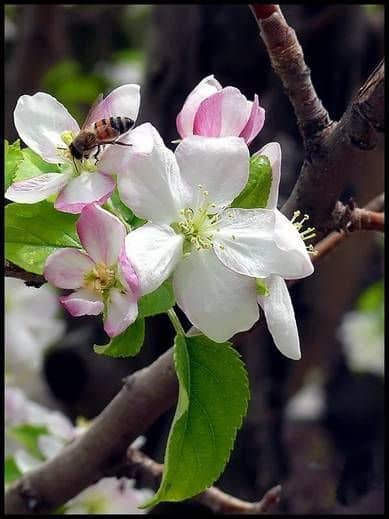Save cells

At the apiary at the end of the productive season, a significant number of nesting and shopping honeycombs free from use in families are collected. After collecting the nests for wintering, it is advisable to divide these honeycombs into suitable for further use and those that need to be processed to produce wax raw materials.
Since honeycombs are of great value for the production of beekeeping products, it is necessary to ensure their conservation from pests. Frames with well-built light and brown honeycombs are carefully freed from waxen growths and propolis, retained for the next season, it is advisable to hang them on racks or put them in a closet.
It is good to keep the honeycomb in spare housings and magazine extensions, made up in columns and tightly covered from above. Cells during storage should not affect each other. Between them, you should leave a small gap for ventilation, which will prevent the spread of wax moth – the pest of honeycombs and raw wax.
In the winter, spare honeycombs without perga and honey should be stored in an unheated room at a temperature of at least + 10 њ C, which will prevent the development of moths. With the same purpose it is necessary to conduct fumigation with sulfuric gas. To do this, burn the sulfur powder at the rate of 50 g per 1 cubic meter of the room (when the cells are stored on racks) or on 12-15 cases filled with honeycomb frames.
In the latter case, the lower body is left without frames and in it is placed a clay pot with charcoal, which burns, on which the powder is poured. In this situation, the honeycomb is kept for 24 hours. One and a half to two weeks fumigation is repeated. Instead of fumigation at the cabinet, casings, a store with honeycombs, you can place 50 g of formalin or 150 ml of carbon disulphide, or 50 g of paradichlorobenzene, per 1 cubic meter. You can destroy the moth if the honeycomb is kept at
Old (dark) and damaged honeycombs, different waxen cheese should be processed directly on the farm. To do this, apply beekeeping waxpress, beforehand for one or two days, soaking in warm water honeycomb dark and with perga. This greatly increases the amount and improves the quality of the wax.
After this, the raw material is boiled in boiling water in soft water until it turns into a loose porridge. In the solid well and tap water the quality of the wax worsens, its yield decreases. Voskosyrovinu should be boiled in an aluminum or enameled vessel for half an hour. From the wax porridge, the wax is squeezed out on the beekeeping wax press suspended in the sump.
For a small apiary, it is convenient to use also a small overall, steam voskopto, which can hold up to 3 kg of raw materials. To process this amount, it’s enough for half an hour. To obtain a wax of excellent quality, a vessel with hot water and a rare wax, covered with a warming material, should be kept in a warm place as long as possible. This contributes to the external subsidence of wax mud and other foreign substances.
With the onset of autumn, bees almost do not fly out of the hives. Only on a warm day they perform purge overflights, freeing the intestines from the afterburn. When it gets colder and the temperature drops to 7-8 њ C, the bees become denser on the honeycombs, forming a winter club. However, it is not necessary to hurry to put bees in a room, because after a short autumn cooling, warming often occurs and bees have the opportunity even to fly around. Late overflights for bees are very useful, as they enable you to clear your intestines before a long winter stay in the hive.
Save cells
